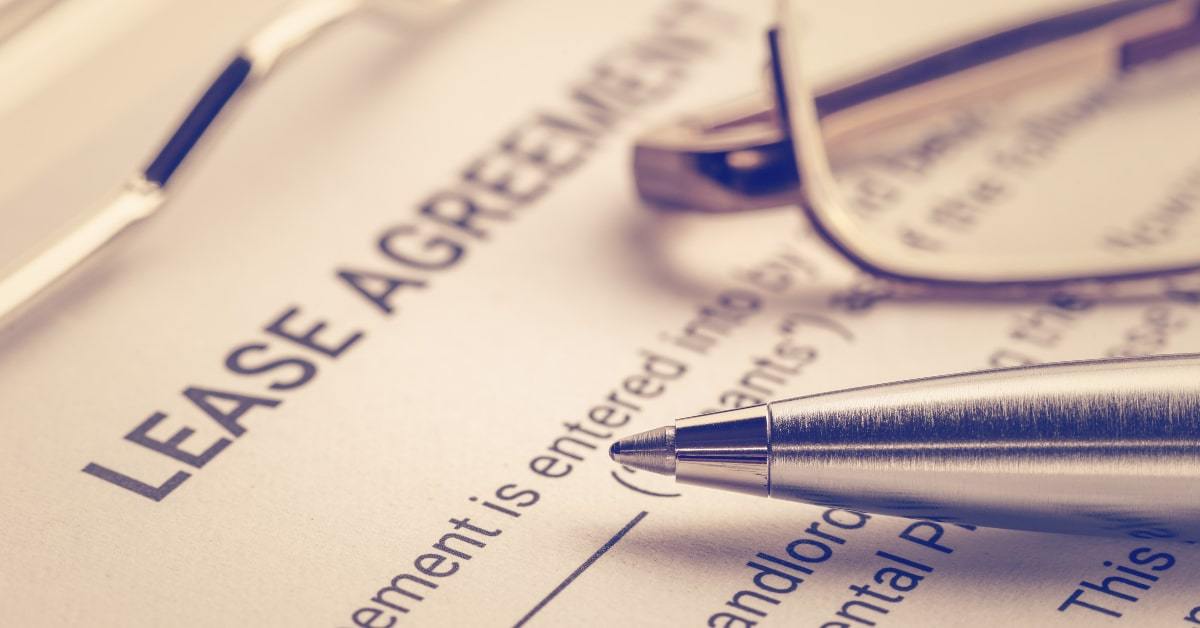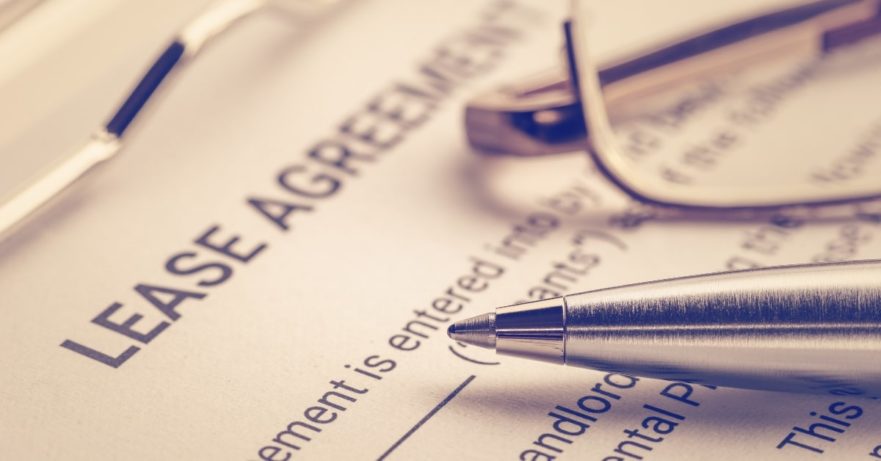
At first glance, the lease accounting standard (ASC 842) seems relatively simple: Just add an asset and a liability to the balance sheet. The two accounts would offset, so no impact to the bottom line. No big deal, right? And yet public companies, let alone private companies, are having trouble doing it.
The challenges of implementing ASC 842
To start with, most companies don’t have a complete inventory of their leasing activities. Compiling a complete listing of leases is often the first hurdle to overcome. These need to include service contracts that offer the use of equipment as part of the service, as this type of transaction could qualify as a lease under the new standard ASC 842.
In addition, determining the cost of the ‘right of use’ asset can be complex. Often times the lease does not state the cost of the equipment being leased - and any pricing analysis done at the initiation of the lease may be hard to find, if it was recorded at all.
Finally, it can be tricky to determine the interest rate used to account for the lease transactions. Some leases include the applicable interest rate but often this is omitted. When applying the new standard, there are several options and considerations around this.
Need Help?
Our AccountLease™ team can guide you through ASC 842, as well as help you with other issues you might encounter as you work to make your company compliant. Click the button below to schedule a consultation with one of our lease accounting consultants.






